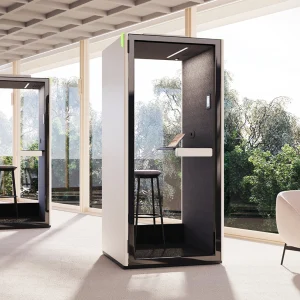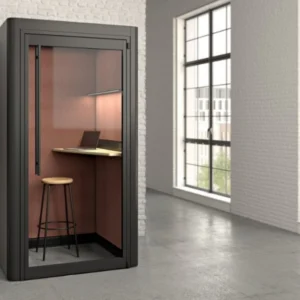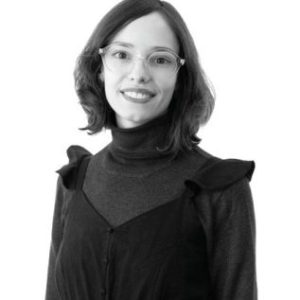The new building would feature two structures representing science and nature: a seven-storey block with a north-facing façade and a lower L-shaped building to the south. The seven story ‘science’ building which houses class rooms will be dressed in a lightweight timber-framed anodized aluminum façade.
The L-shaped nature building, housing three lecture theaters starts from a level below from ground and features planted roof displaying a variety of vegetation known to attract the insect life preferred by Pipistrelle bats.
The 2200 square meter workshop space featured at the lower-ground floor of both blocks, will be an open-plan. The space is designed to promote interaction among students from different disciplines to promote knowledge articulation. The workshop area will feature a Harrier Jump Jet parked in the middle of the space.
The spaces are designed with the intention to facilitate new ways of teaching and learning engineering. Arup has responded to the faculty’s demand to have a space which will inspire new pedagogy based upon collaborative learning, says Dipesh Patel, director of Arup Associates.
The unique learning space design aims to move away from traditional methods desk-based teaching with a lecturer at the front of the classroom. Now, students will work around bespoke desks in groups of six which is the optimum number at which people work together co-operatively, to study and solve problems.
The largest lecture theater will have 250 seats. In the new physical structure, tutors will circulate and use an assortment of devices, including whiteboards and flatscreen displays, assisting student groups to solve practically focused projects.
The two smaller semi-circular lecture theaters located back to back may appear conventional. But once the dividing partition is removed, the entire space surrounded by students will open new avenues and innovative methods for teachers to perform. It will make them more mobile and demonstrative, benefiting both the learners and the lecturers.
The newly designed space is not only confined to teaching and learning, but the design has taken into account the need for relaxation. Circulation areas will contain a cafe-like interactive zone, a “digital world” providing access to computers outside the classroom and workspaces known as the Planets.
The Planets acts as ‘teaching outside the box’ space designed to promote teaching and student-initiated group work. The area is detached form the main circulation areas but linked by bridges across the atrium/stairwell.
The lecturers’ offices feature glazed fronts and communal kitchen areas. Staff can make use of private areas like “monk” rooms or “crystals” which are portable transparent cells on wheels with sufficient space for two people to work or chat privately.
The north building terrace have balustrades sloped at 32° degrees so students can install and monitor different types of photovoltaic technology. Frames on the roof are designed to be used as an instructional device to install and monitor solar hot water technology.
Building services like the biomass boiler, solar hot water, rainwater collection and ventilation can be monitored used for tutorials.
The design boasts several eco-friendly features like using waste heat from IT servers for under floor heating, low-water and waterless appliances for the rain harvesting system and a solar water system on the roof that will provide all the hot water that the premises needs.





